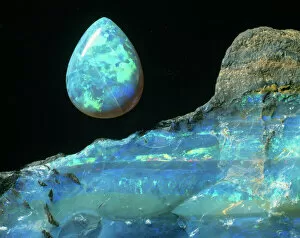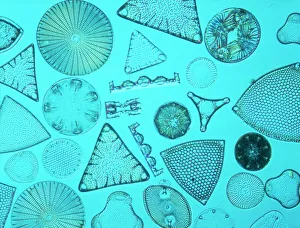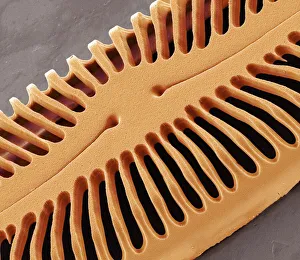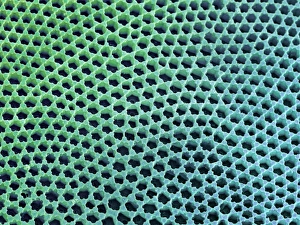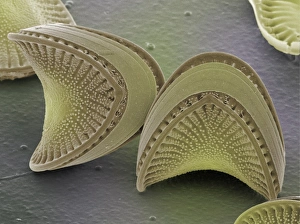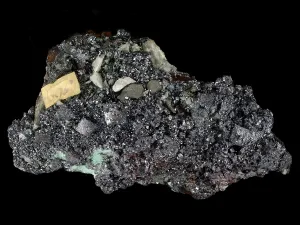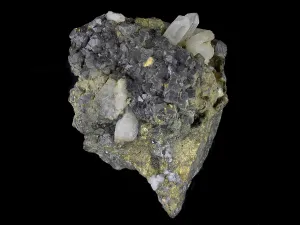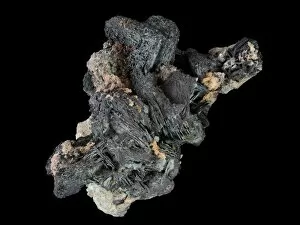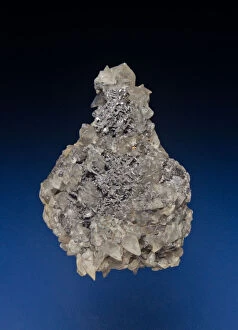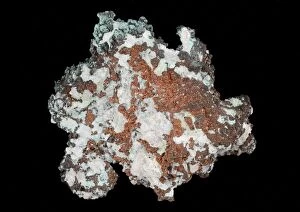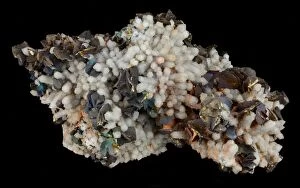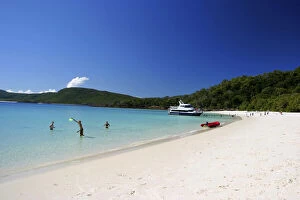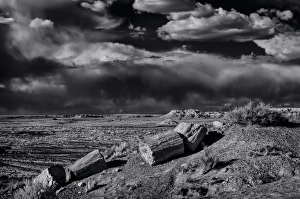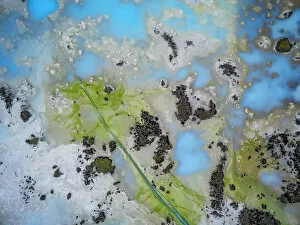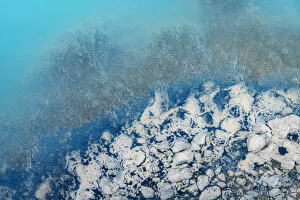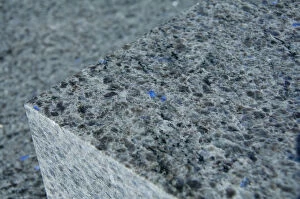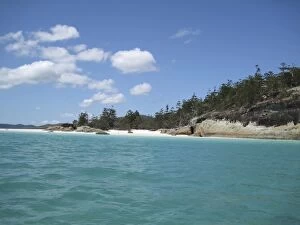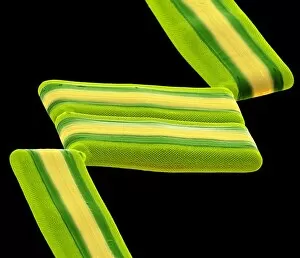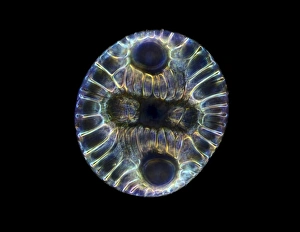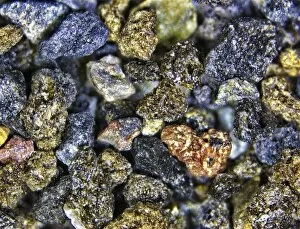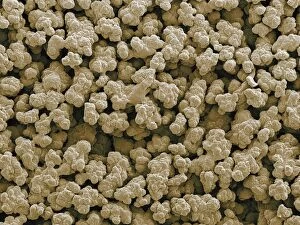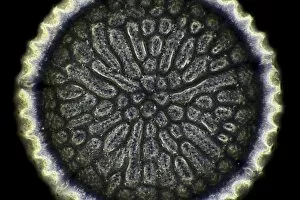Silica Collection
"Unveiling the Enigmatic Beauty of Silica: From Opal Gems to Diatom Marvels" Opal gem with opal rock: Delicate and mesmerizing
All Professionally Made to Order for Quick Shipping
"Unveiling the Enigmatic Beauty of Silica: From Opal Gems to Diatom Marvels" Opal gem with opal rock: Delicate and mesmerizing, opals reveal silica's stunning play of colors within their intricate structure. Diatom cell wall, SEM: Under the scanning electron microscope (SEM), diatoms' intricate cell walls showcase silica's remarkable ability to form exquisite patterns. Diatoms: Nature's microscopic architects, diatoms harness silica to construct their delicate shells, creating a diverse array of captivating shapes and designs. Diatoms, SEM: The hidden world of diatoms is unveiled through SEM imagery, showcasing the astonishing beauty that lies within these tiny organisms. Diatom frustule, SEM: The intricate details of a diatom frustule are brought into focus under the powerful lens of an SEM, revealing nature's artistry in every minute feature. Diatom shell, SEM: A closer look at a diatom shell through an SEM reveals its intricacy and showcases how they are create awe-inspiring structures on a microscale. Cuprite with Minor Quartz, Gwennap, Cornwall, England: Silica finds itself intertwined with cuprite in this geological wonder from Gwennap; showcasing nature's harmonious fusion of minerals. Chalcopyrite with Quartz and Minor Sphalerite - United Kingdom: In this mineral assemblage found in the UK lies chalcopyrite adorned by quartz crystals – a testament to silica's role in shaping Earth’s treasures. Chalcocite with Quartz - Cooks Kitchen Mine - Illogan Cornwall England : At Cooks Kitchen Mine resides chalcocite accompanied by quartz formations; illustrating how silica contributes to unique mineral compositions underground. Galena and Quartz - Derbyshire England (Uncertain Locality).

